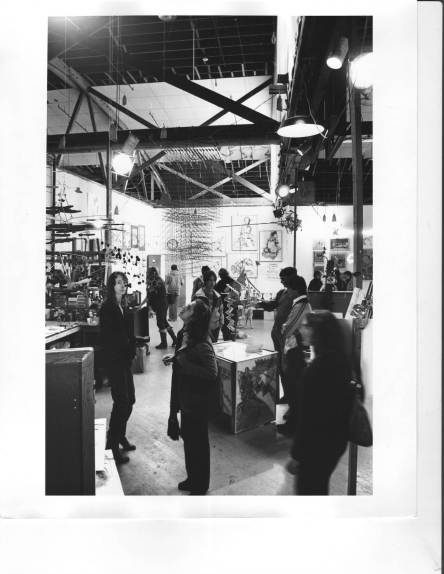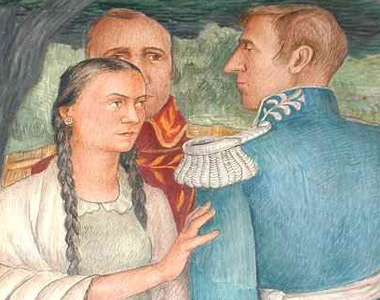Sausalito in the News: Sept. 18, 1920
 Wednesday, October 8, 2014 at 06:36PM
Wednesday, October 8, 2014 at 06:36PM
By Billie Anderson, Sausalito Historical Society State fair drew large crowds In nine days, 205,000 people witnessed the greatest State Fair ever held. Not only were all attendance records broken, but the number of entries in the livestock, county exhibits, poultry, horse show and all other departments exceeded by more than one-third those of any previous year.
Participation exceeded the number of entries of any Western livestock show including the Panama Pacific International Exposition. In the livestock department, there were 2,177 head on exhibition – reaching a valuation of over $2,000,000.
The county fruit and vegetable exhibits were of such unique design – attractively arrayed– that they compelled comparison with “the quality of the great expositions.” So great was the success of the county exhibits that 20 of the 27 exhibitors are making plans for a still finer and more complete exhibit next year.
Burns Colts defeated by local team
The great victory of the Sausalito Merchants over a crack amateur bush baseball team of San Francisco at Fort Baker last Sunday was a great surprise to both teams and many of the local boys who are sorry they did not cover some of the bets offered by admirers of the visitors. Carson pitched for the Merchants. He struck out fifteen and allowed three hits.
Why superstition lingers
Man’s curiosity is in excess of his power to interpret and understand; consequently, he guesses. When he guesses wildly and inaccurately, others call his guess superstition. Long after people have clearly seen that there is no rational evidence for the thing believed, the superstition lingers.
Bride Stolen
Frank M. Mumford, pharmacist at the Central Pharmacy, had his wife kidnapped by her parents on Wednesday and is now devising ways and means of getting her out of their control. He says she is 24 years of age and that she is anxious to join him, although her parents are not kindly disposed towards him and wish to have the marriage annulled.
Gentle reminder
Hiram, said Mrs. Corntossel: There’s one thing I want to remind you of.
What’s that? Get out of that rocking chair an’ come off the front porch.
You’re a farmer; not a politician. – Washington Star.
Brief items of local interest
The amount of money necessary to be raised upon the taxable property within the Town of Sausalito for Town Hospital Purposes is ascertained and hereby fixed at $468.93.
Ed Blakeley, hustling local Chevrolet agent, reports the sale and delivery of a Chevrolet Baby Grand automobile to George A. Schoen, a marine engineer, and will seal the deal for more in a few days.
The Marin County Housewives League will hold a public meeting in Town Hall of Sausalito next Friday, September 24, at 2 p.m. The president of the Alameda County Housewives League and also representatives from the San Francisco Housewives League and other speakers of interest will address the meeting.
A large attendance is urged. Come and bring a friend or two with you. – Mrs. F. S. Phelps, President.
Railway mail service on the interurban electric trains was by order of the Post Office Department discontinued last Monday and a closed pouch service used.
September, 1920
Sept. 16: 12:01 p.m. Bomb Explosion on Wall Street kills 30.
Sept. 17: National Football League organizes in Canton, Ohio. 12 teams pay $100.
Sept. 22: Chicago Grand Jury convenes to investigate charges that eight White Sox players conspired to fix the 1919 World Series.




